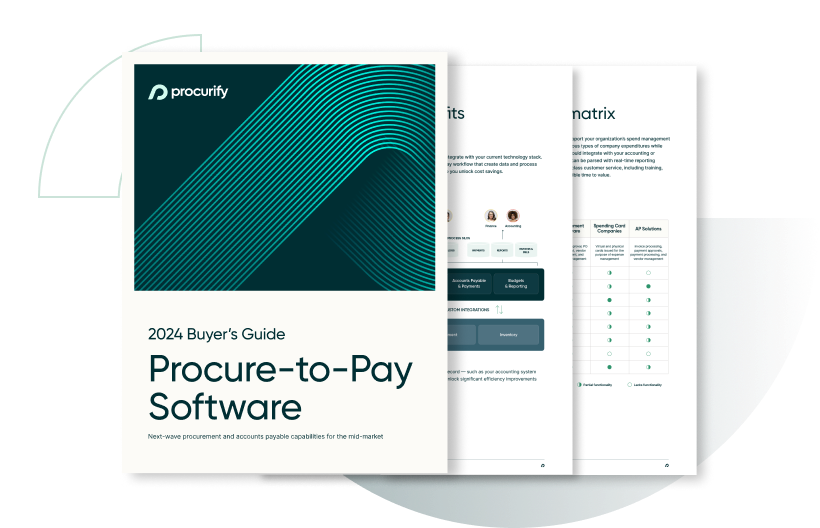Discover The UK Procurement Landscape
The UK Government spends around £230 billion on products and services per year, with the complexity of procurement varying by project. Acknowledging the inefficiencies within the most recent Construction Strategy, set forth by both industry and government, a number of time or resource cost reductions were set to be achieved by 2025, with the assumption that many of these could be achieved through reform of the procurement process. Yet, despite past research on where efficiencies can be found, reforms remain slow, with a high number of inefficiencies remaining in standard practice. ACE has, therefore, published a report entitled Procurement Landscape, to ensure that these vitally needed efficiencies do not continue to be overlooked.
While efficiencies in procurement may not seem substantial, in 2012 a 1% saving on the total amount spent would equate approximately £7 billion. Despite potential savings, unfortunately, many individuals navigating the complex procurement processes, seen in construction, maintain an overarching assumption of all procurement processes being a simple transaction. This runs contrary to the ACE finding that the process of reform is most efficient when viewed as a process of strategic investment, with a multitude of stages and interactions, all of which present specific points in which efficiencies can be found. Thus, as revealed in ACE’s new report, without changing the perspective utilised when approaching procurement in the UK, efficiencies within the process will not be fully realised.
Procurement Landscape is the first in a series of analyses on UK procurement processes, with the goal of allowing all parties to understand the entire landscape in order to best realise potential reforms to increase much needed efficiencies. This holistic view is essential in order to maintain a clear link to the market, business, public, and political realities in which procurement operates, helping individuals to have a thorough understanding of how inefficiencies impact daily processes, establishing practical reasons for reform.
While industry and public authorities, as a whole, generally recognise the impact that procurement has upon the bottom line, it is awareness within the individuals involved in the process that is vitally needed. Unfortunately in the past, discussions on procurement reform have taken place at the higher level of organisations, losing the link to those practicing procurement in actuality. This report unravels the complexities to reveal the impact of each individual interaction, and the importance of each individual behaviour.
Myriad factors impacting procurement efficiency are discussed in the report, including supply chain fragmentation, clarity of contract, late payment, intra supply chain relations, longevity of asset, innovation, design, engagement, risk management and cost of change.
Two of the key areas found to be widely misunderstood regarding efficiency needs are the present skills gap, and the interactions between supply chain individuals or entities and the procuring authorities.
Currently there is a widespread skills mismatch resulting in a skills gap. In order for a project to succeed, necessary individuals or entities must have adequate skills for the definition, development, and implementation of an investment strategy. For the best project outcome, there is a need for the skill levels of both the client and industry to match up with the skills required for successful finalisation. There are approximately seven types of skill scenarios: skill levels of client or industry being lower than project needs, meeting project means, as well as the skill levels of the client or industry exceeding project needs. Aside from when the skills possessed are equal with the project needs, there will be intrinsic inefficiencies. This results in either inadequate fulfilment of project needs, or innovations that are wasted by exceeding project needs or resources.
Vital to the process, but rarely mapped out, are the interactions between the procuring authority and the supply chain. Acts of procurement, specifically within construction, are extremely complex, with at least 16 levels found in the overall process and each level having a multitude of separate interactions as well as decision making. One of the challenges for increasing efficiencies is unravelling this complex web of interactions. While engagement with the client, as well as their needs, reduces exponentially moving down the supply chain, the result is more wasted time and resources, from clarifying specifications as well as replacing incorrect product. Overarching this issue is that there is not typically a synchronised definition of roles, responsibilities, needs, resources, or long term perspective for return on investment. Without a clear understanding of the above, there is a greater possibility that any individual or entity involved takes actions that increase negative risks for the overall project success, in order to maximise personal benefits.
Ultimately, ensuring that the procurement process has maximum efficiencies is in the best interest for both industry and government entities. The holistic and realistic Procurement Landscape put forth by ACE shows that rather than continue to unsuccessfully cut inefficiencies while viewing procurement as a simple transaction, efficiency maximisation must be approached with adequate knowledge and skills for these long term strategic investments.
Follow the conversation #ACEprocurement.

